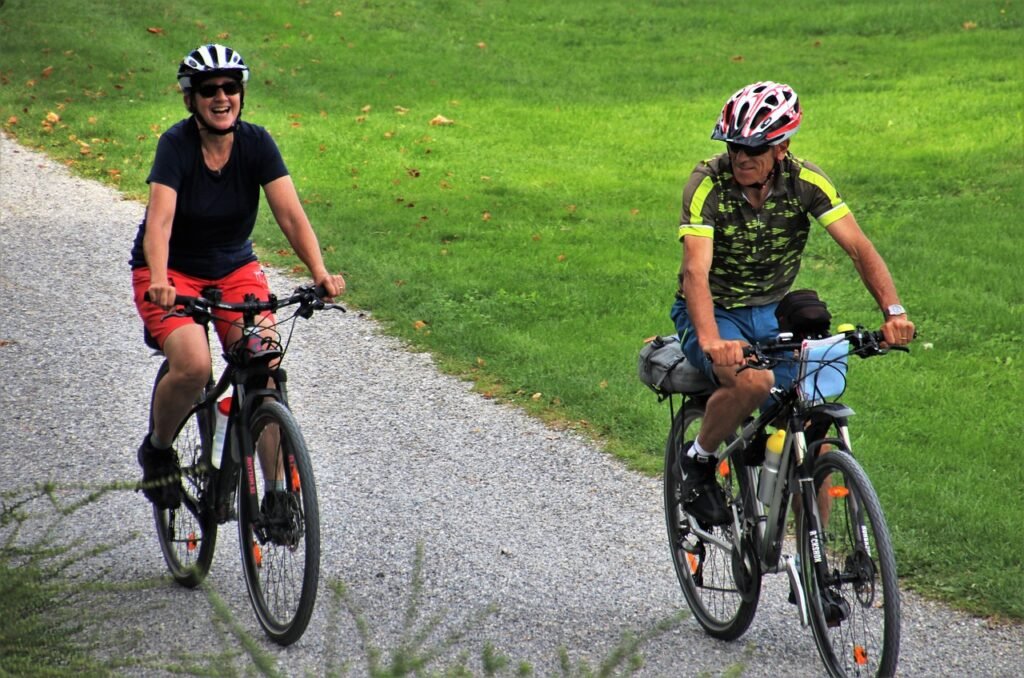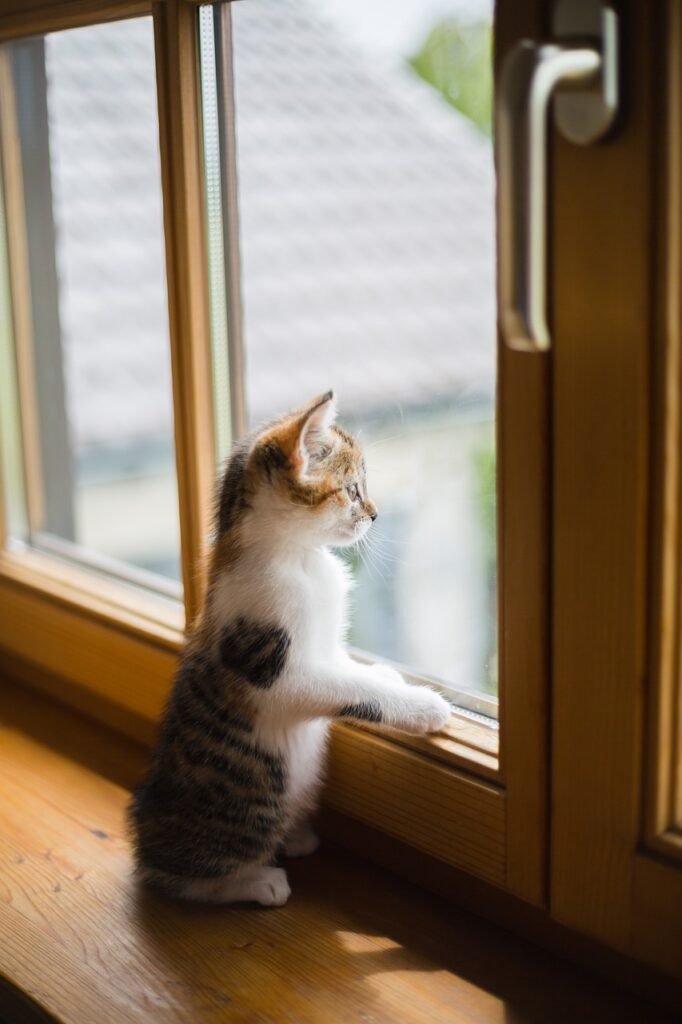possessive adjectives
Level Two
Lesson 26
A possessive adjective shows who owns something.
Here are the most common possessive adjectives:
singular
my
your
his
her
its
plural
our
your
their
Possessive adjectives go before a noun:
This is my website.
You can improve your English here.
My students work on their lessons here.
25a. singular possessive adjectives
Look at the relationship between the subject pronoun and the possessive adjective that matches it.
singular
I → my
you → you
he → his
she → her
it → its
Notice that the possessive adjectives goes before a noun. In sentences below, the noun is the word “book.”
- Use “my” for yourself (I). It’s my book. (It’s = It is)
- Use “your” for a person you talk to (you). It’s your book.
- Use “his” for a man. It’s his book.
- Use “her” for a woman. It’s her book.
- Use “its” for a thing. It’s its book. (possession is tricky when it comes to a thing, but it’s not impossible.)
25a. singular possessive adjectives

- I have a car.
- This is my car.

- You have an assignment.
- This is your assignment.
You can ask your teacher for help.
Your teacher can help you.

She is on her bike.
He is on his bike.
The city provides its residents with bike lanes and trails to ride bikes.
25b. plural possessive adjectives
The subject matches the adjective which goes before a noun.
plural
we → our
you → your
they → their
- Use “we” for you and me (we). It’s our classroom.
- Use “your” for people you talk to (you). It’s your classroom.
- Use “their” for other people (they). It’s their classroom.
25b. plural possessive adjectives

- We meet together every day in class.
- This is our classroom.
I + you = we
we → our

- You are in class.
- You are in your classroom.
- Listen to your teacher!
you + you = you
you → your

They are in school.
This is their classroom.
They are working on their assignments.
he / he / she / she + = they
they → their
25c. The possessive adjective refers to a person who owns something.
- I have a website. You are on my website.
- You have a computer. You use your computer to learn English.
- That boy over there is eating lunch. He’s eating his lunch.
- That girl by the window is reading a book. She’s reading her book.
- The bird outside is making a nest. It’s making its nest in a tree.*
- We have some work to do. We are doing our work.
- All of you here today want to improve your English.
- The people who came here in the past wanted to improve their English.
* Note: When talking about animals whose gender you are unsure of, use “its.” Otherwise, you could use “his” or “her” if you know the animal’s gender–male or female.

The kitten spends a lot of its time looking out the window.
Click here for an exercise:
Directions: Choose the correct possessive adjective according to the subject.
1. I have a couch in _________ living room.
2. You have a call on _________ phone.
3. He likes to play with _________ his kids.
4. They don’t have the keys to __________ hotel room yet.
5. The dog wants __________ toys.
6. The students received _________ assignment from the teacher.
7. She has __________ own ways of doing things.
8. I have to call __________ son today.
9. They rode __________ bikes to the baseball game.
10. The workers at that company are not happy with __________ wages.
11. Bob took all of __________ medicine.
12. Where are they going on __________ honeymoon?
13. The company recently moved _________ offices to a new location.
14. You and I are working on __________ project together.
15. Why did you throw away __________ shoes?
16. Turkeys build __________ nests on the ground.
17. Where do I sign __________ name on this form?
18. Oscar can’t find __________ his keys.
19. Does your mother have ___________ keys?
20. They forgot to lock __________ door to the apartment.
In Lesson Twenty-seven, you will learn about possessive pronouns.
It’s a good idea to study possessive adjectives and possessive pronouns at the same time.
